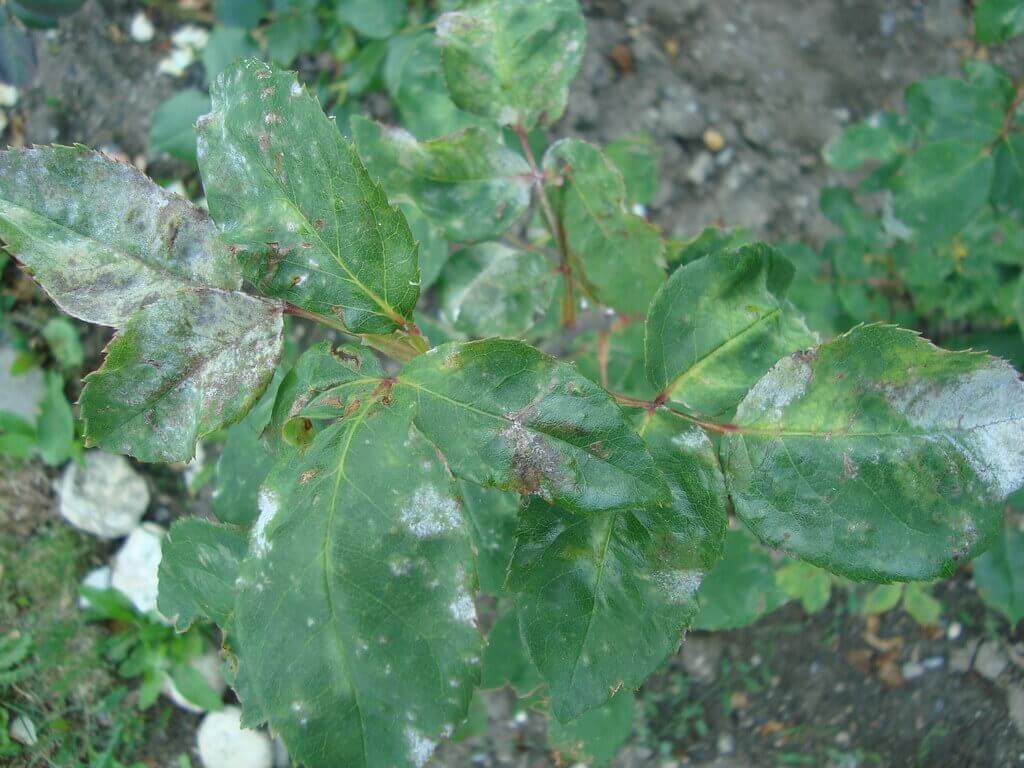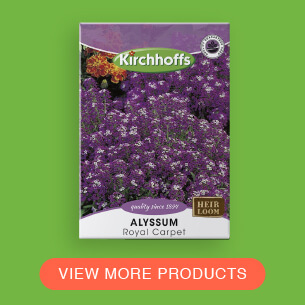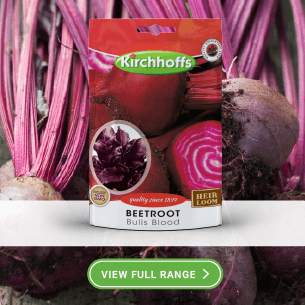Powdery Mildew Treatment and Cure
Powdery mildew is one of the most common issues that plague gardeners and homeowners. This pesky white mildew fungal disease can wreak havoc on your plants and turn your thriving garden into a pale, lackluster landscape. In this comprehensive guide, we take a closer look at powdery mildew, its causes, symptoms, and most importantly, how you can effectively combat it. So, how to cure powdery mildew? If you’re a South African gardener or homeowner looking to conquer your gardening problems, read on to discover powdery a mildew treatment and cure with our tips on managing powdery mildew.
What is Powdery Mildew?
Powdery mildew is a common fungal disease that affects a wide range of plants in South African gardens. It is easily recognizable by the powdery, white or grayish patches that appear on the leaves, stems, and even fruits of your plants.
Unlike some other plant diseases, powdery mildew is not picky about its targets; it can infect a diverse range of plant species, from roses and grapes to vegetables and fruit trees.
Conditions Powdery Mildew Loves:
This Powdery mildew fungal menace thrives in warm and dry conditions, making it a particular challenge for gardeners in South Africa, where the climate can be hot and arid, especially in certain regions.
Unlike some diseases that require damp conditions to flourish, powdery mildew prefers the opposite: dry environments. It often thrives in areas with high humidity during the night and dry, sunny days, which are not uncommon in South Africa.
How to Identify Powdery Mildew? – Signs of Powdery Mildew Infection:
- Detecting powdery mildew early is crucial to preventing widespread damage. Look for telltale signs like white, powdery spots on the upper and lower sides of leaves, as well as on stems and fruits.
- In addition to the visible white patches of powdery mildew, you might notice leaves becoming distorted, curling, or even turning yellow and withering as the infection progresses.
- Affected plants may also exhibit reduced growth and vigor, which can be especially frustrating when striving for lush and vibrant gardens.
Plants Vulnerable to Powdery Mildew:
- Powdery mildew can target a wide array of plant species that are commonly found in South African gardens. Some of the most susceptible plants include roses, geraniums, cucumbers, pumpkins, and zucchinis.
- Fruit trees like apples, grapes, and peaches are also at risk, making it a significant concern for those who enjoy growing their own produce.
Why is powdery Mildew bad for your garden?
Impact of White Mildew on Your Garden:
- The presence of powdery mildew not only diminishes the visual appeal of your garden but can also lead to significant harm to your plants. Affected plants may yield fewer fruits and smaller blooms.
- The weakened state of infected plants can also leave them more susceptible to other pests and diseases. In this way, powdery mildew can create a domino effect of garden troubles.
How to Prevent Powdery Mildew:
Now that we have a solid understanding of powdery mildew, its causes, and its effects on your garden, let’s explore preventive measures to keep your South African garden thriving and free from this common fungal menace.
Maintaining good gardening practices is the first line of defense against powdery mildew.
- Start with proper spacing between your plants to ensure adequate air circulation. This can help reduce humidity levels around your plants.
- Regularly prune and thin out dense canopies of plants to further improve air circulation. Focus on removing any overcrowded or unhealthy plant material.
- Avoid overhead watering, which can create moist conditions ideal for powdery mildew. Instead, water the base of your plants early in the day to allow adequate time for the foliage to dry before evening.
Choose powdery mildew-resistant plant varieties
- Choosing powdery mildew-resistant plant varieties can significantly reduce your garden’s vulnerability to this fungal disease. The South African market offers many mildew-resistant cultivars of popular plants like roses and vegetables.
Sunlight Exposure to Combat Powdery Mildew:
- Maximizing sunlight exposure for your plants can help reduce the chances of powdery mildew taking hold. Ensure your garden receives ample sunlight, and avoid planting in shady or damp areas whenever possible.
- In cases where shade is inevitable, select shade-tolerant plants that are less susceptible to the disease.
Soil Health:
- Healthy soil leads to healthy plants. Invest in soil quality by enriching it with organic matter and proper fertilization. Strong, well-nourished plants are better equipped to fend off mildew infections
- Regularly test your soil’s pH levels to ensure it falls within the appropriate range for the plants you’re growing.
Control Other Garden Pests to Avoid Powdery Mildew:
- Pests can weaken plants, making them more susceptible to powdery mildew. Implement an effective pest control strategy to prevent insect infestations that may create entry points for fungal infections.
- Keep an eye out for aphids, mealybugs, and spider mites, which are common garden pests that can contribute to powdery mildew issues.
Powdery Mildew Treatment and Cure
How to treat and cure powdery mildew on plants
Now let’s explore both chemical and organic methods to effectively treat and cure powdery mildew.
Organic Remedies for Powdery Mildew:
For those who prefer natural solutions, organic remedies like neem oil, baking soda, or milk can effectively combat powdery mildew. Here are some detailed instructions on their use to cure powdery mildew.
Neem Oil to Organically Treat Powdery Mildew:
Neem oil is an organic alternative for treating powdery mildew. It acts as a natural fungicide, insecticide, and miticide, making it a versatile solution. Follow these steps when using neem oil:
a. Mixing: Dilute neem oil with water according to the product’s instructions.
b. Application: Spray the diluted neem oil onto the affected plants, ensuring thorough coverage of both leaf surfaces.
c. Regular Application: Apply neem oil every 7-14 days as a preventative measure during the growing season.
Baking Soda Solution to Organically Treat Powdery Mildew:
A baking soda solution is a safe and organic remedy for powdery mildew. Baking soda changes the pH on the leaf surface, creating an environment that inhibits the growth of the fungus. Here’s how to use it:
a. Mix: Combine 1 tablespoon of baking soda, 1 teaspoon of liquid soap, and 1 gallon of water.
b. Application: Spray the solution onto your plants, focusing on the affected areas.
c. Avoid Excessive Use: Do not apply the baking soda solution more than once a week, as it can accumulate and damage your plants.
Chemical Treatments for Powdery Mildew:
Chemical fungicides can be effective in controlling powdery mildew. Look for products designed to combat this specific issue and follow the application instructions carefully.
Fungicides to Treat Powdery Mildew:
Fungicides are chemical compounds designed to combat fungal infections like powdery mildew. There are various types of fungicides available in the market, but those specifically formulated for powdery mildew are the most effective. Follow these steps when using fungicides:
a. Identification: Confirm the presence of powdery mildew on your plants before applying a fungicide.
b. Timing: Apply the fungicide early in the morning to allow for sufficient drying time before evening, reducing the risk of further infection.
c. Application: Spray the fungicide evenly on the affected plants, covering both the upper and lower leaf surfaces. Be sure to follow the manufacturer’s instructions for application rates and safety precautions.
Sulfur-based Products to Treat Powdery Mildew:
Sulfur-based products are another effective chemical option for powdery mildew treatment. Sulfur disrupts fungal cell structures and inhibits their growth. Here’s how to use sulfur-based products:
a. Timing: Apply sulfur-based products when the weather is dry, as they can be less effective in wet conditions.
b. Avoid High Temperatures: Do not apply sulfur products when temperatures exceed 30°C, as this can harm your plants.
c. Protective Gear: Wear protective clothing and follow safety instructions when using sulfur-based products.
Common Questions on Powdery Mildew Treatment and Cure
How do you get rid of powdery mildew?
- To get rid of powdery mildew, use fungicides, neem oil, or a mixture of water and baking soda. Pruning affected plant parts can also help.
What is the main cause of powdery mildew?
- The main cause of powdery mildew is fungal pathogens, such as Podosphaera spp. and Erysiphe spp., which thrive in warm, dry conditions.
How toxic is powdery mildew?
- Powdery mildew itself is not toxic to humans, but it can harm plants. The use of fungicides to control it should be done with care.
What eats powdery mildew?
- Various insects and natural predators like ladybugs and lacewings feed on powdery mildew-infected plants.
What kills powdery mildew fast?
- Fungicides, both chemical and organic, are effective at quickly killing powdery mildew on plants.
What home remedy kills powdery mildew on plants?
- A mixture of water, baking soda, and dish soap is a common home remedy to kill powdery mildew on plants.
Will vinegar treat powdery mildew?
- Vinegar can be used as a treatment for powdery mildew. A diluted vinegar solution can help control the disease.
Does Epsom salt stop powdery mildew?
- Epsom salt does not directly stop powdery mildew, but it can improve plant health and resistance to fungal diseases when used as a supplement.
What is the best home remedy for powdery mildew?
- The best home remedy for powdery mildew often involves a mixture of water, baking soda, and dish soap, as it’s effective and easy to prepare.
In Conclusion – Powdery Mildew
By understanding the causes, symptoms, prevention, and treatment of powdery mildew, you can take control of your South African garden and ensure it thrives despite the challenges posed by this common fungal disease. Early detection, regular monitoring, and a combination of preventive and treatment measures are the keys to success.
Remember that every garden is unique, and your local climate and plant species may require specific adaptations of these strategies. South African gardeners can tackle powdery mildew and enjoy the beauty of their gardens by employing the knowledge and techniques shared in this guide. Happy gardening, and may your garden flourish with health and vitality!









































